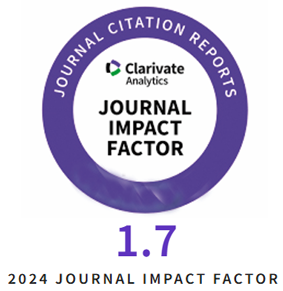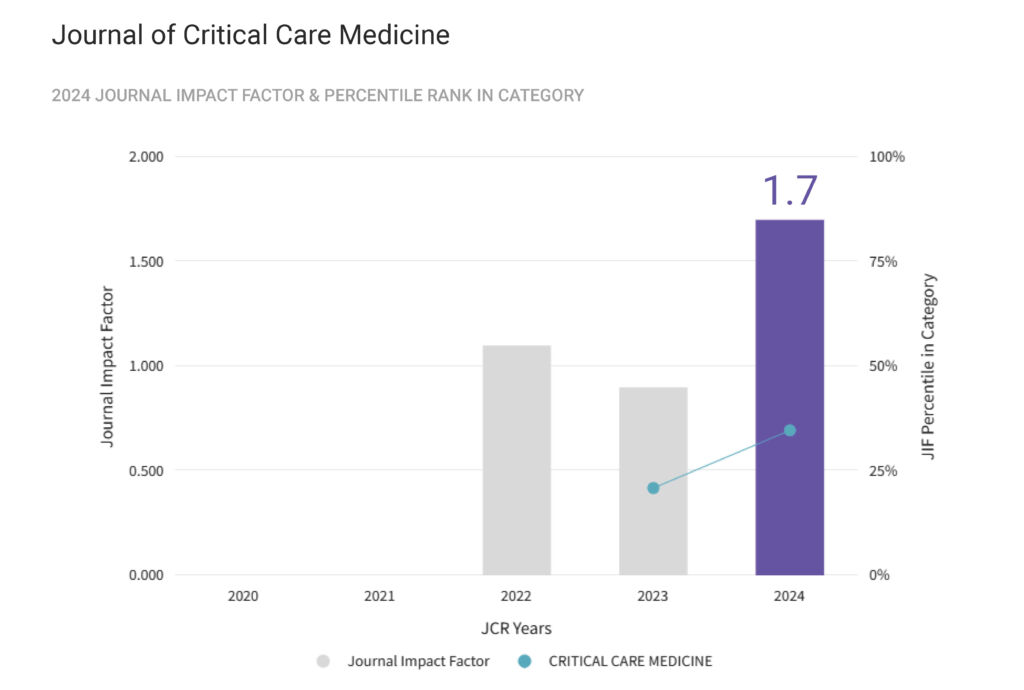Introduction: Pregnant women manifest an increased risk of developing coagulation disorders. Unfractionated heparin (HEP) and low-molecular-weight heparin (LMWHep) are considered as selective medication in the case of pregnancy which needs anticoagulant treatment. In addition to anticoagulant properties, HEP and its derivatives manifest other properties including anti-cancer potential. According to Globocan’s latest data, colorectal cancer (CRC) is the second most encountered form of malignancy in the case of women, manifesting some special particularities, as confusion of symptoms from cancer with symptoms encountered normally in pregnant women (such as constipation or rectal bleeding), delayed diagnosis because of limitations imposed both for the fetus and for the mother, and the need for special treatment.
Aim: The aim of the present work is to follow the incidence and safety of consumption of HEP and LMWHep in the case of pregnant women and to analyze their potential on the HCT 116 colorectal carcinoma cells.
Results: Analyzing the consumption of heparins in case of pregnant women hospitalized from 01.01.2022 to 31.12.2022 at the Pius Brînzeu” Emergency Clinical Hospital from Timisoara, Obstetrics and Gynecology Clinic I, it was observed that 44,6% of the patients were administered the following medication and no administration risks were observed. When tested on HCT 116 cells, heparins manifested a significant anti-migratory effect (with wound healing rates of 2,6%, when tested with HEP 100 UI concentration and 14.52% wound healing rates in case of fraxiparine 100 UI). In addition, different signs of apoptosis were observed, suggesting the pro-apoptotic potential of the tested substances.
Conclusions: Heparins remain the preferred medication to be administered to pregnant women with the potential for coagulation disorders, showing a high safety profile. Testing on the cancerous line of colorectal carcinoma highlights important properties that stimulate future studies, to establish the anti-tumor potential and the exact mechanism of action.
Tag Archives: heparin
Hypercoagulopathy in Overweight and Obese COVID-19 Patients: A Single-Center Case Series
A case series is presented of five overweight or obese patients with confirmed coronavirus disease 2019 (COVID-19) in South Miami, Florida, United States. A multitude of coagulation parameters was suggestive of a hypercoagulable state among the hospitalized COVID-19 patients. This article reports various manifestations of hypercoagulable states in overweight and obese patients, such as overt bleeding consistent with disseminated intravascular coagulation, venous thromboembolism, gastrointestinal bleeding as well as retroperitoneal hematoma. All of the required admission to the intensive care unit and subsequently patients died. The characteristics of COVID-19-associated coagulopathy are atypical and warrant a further understanding of the pathophysiology to improve clinical outcomes, specifically in overweight or obese patients.
Monitoring Anticoagulation with Unfractionated Heparin on Renal Replacement Therapy. Which Is the Best aPTT Sampling Site?
Background: Controlled anticoagulation is key to maintaining continuous blood filtration therapies. Objective: The study aimed to compare different blood sampling sites for activated partial thromboplastin time (aPTT) to evaluate anticoagulation with unfractionated heparin (UFH) in continuous renal replacement therapy (CRRT) and identify the most appropriate sampling site for safe patient anticoagulation and increased filter life span.
Method: The study was a prospective observational single-centre investigation targeting intensive care unit (ICU) patients on CRRT using an anticoagulation protocol based on patient characteristics and a weight-based modified nomogram. Eighty-four patients were included in the study. Four sampling sites were assessed: heparin free central venous nondialysis catheter (CVC), an arterial line with heparinised flush (Artery), a circuit access line (Access), and a circuit return line (Postfilter). Blood was sampled from each of four different sites on every patient, four hours after the first heparin bolus. aPTT was determined using a rapid clot detector, point of care device.
Results: A high positive correlation was obtained for aPTT values between CVC and Access sampling sites (r (84) =0.72; p <0 .05) and a low positive correlation between CVC and Arterial sampling site (r (84) =0.46, p < 0.05). When correlated by artery age, the young Artery (1-3 day old) correlates with CVC, Access and Postfilter (r (45) = 0.74, p >0.05). The aPTT values were significantly higher at Postfilter and Arterial sampling site, older than three days, compared to the CVC sampling site (p<0.05).
Conclusion: Considering patient bleeding risks and filter life span, the optimal sampling sites for safe assessment of unfractionated heparin anticoagulation on CRRT during CVVHDF were the central venous catheter using heparin free lavage saline solution, a heparinised flushed arterial catheter not older than three days, and a circuit access line










